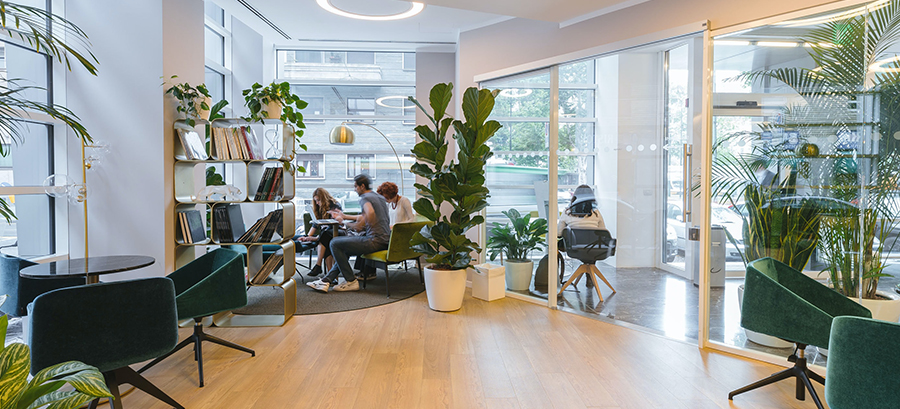It has now been over 200 days since the World Health Organization declared the coronavirus to be a pandemic. Since then, our world has been turned upside down, and inside out. One in three American’s didn’t pay their rent or mortgage in July, and unemployment is still worse than it was in the ’09 recession. On top of that, many of us won’t be returning to the office for months, if at all. Despite what the market suggests, the scene is undeniably bleak. And because of the vastness of the virus and the impact it has had on the world, all of us have been affected in one way or another.
I bring this up in an unconventional newsletter because work as we know it is simply different. There are no water cooler moments, no lunchroom conversations, no awkward bathroom run-ins, and no shoulder bumps in the office. Our interactions have been reduced to the little square boxes we see on our ~17” monitors and, unless someone is running late, there isn’t much room for healthy banter.
Funnily enough, back in 2019, Google asked 5,600 of its workers what it could do to improve the workplace experience. Interestingly, employees said that it would help to increase time for ‘mindless chit chat’, time for people to connect and talk about things outside of work or the task at hand.
I share this because we often forget that the most important component of workplace culture is us. The only constant in every conversation you have throughout the day is you. The person that is ultimately holding you most accountable is yourself, and how you show up in every conversation is really up to you.
Culture isn’t the logo and fancy font on the boardroom wall that we haven’t seen for months; it is how we interact and communicate with the people that we share our time with to reach a common goal. Have fun again.
It isn’t the ping-pong table that we haven’t played on for 8 months; it is the connection that is forged while joking and playing together. Bring play back.
It isn’t the collaboration space, boardroom, or the team Zoom call; it is how we work together when we’re in the space and get our work done. A toxic team will have a much less enjoyable time in these spaces than a team that communicates well and respects each other. Bring that time back.
I share this because our interactions at work today are more limited than they were in the past. We talk to fewer people, see even fewer, and rely more heavily on how we communicate with each other than perhaps we’d like to admit.
Culture may live at the organizational level, sure, but where I believe it really lives is with our immediate teams and how we work together. As soon as we understand that our positivity (and negativity) are contagious and more impactful with a smaller team, the more we can understand that how we show up at work (remotely or otherwise) has a bigger impact on culture than it ever has. And while this doesn’t mean we have to fake positivity or happiness; it does mean that we should be more vulnerable and open with our teams about the day we’re having and how we’re feeling. Empathy and understanding of a difficult time are high right now and I would argue that those that are open and honest are going to be the ones building the strongest deepest and culture most deeply rooted in trust and belonging.
Questions to ponder:
- How are you showing up at work?
- Are you being honest with your team?
- What should you be sharing with your team that you aren’t?
- What might happen if you’re more open with your team?
More posts
Given the Pandemic, There is Currently Something More Important Than Our Company ‘Why’
Over the past months, the pandemic has dominated the headlines. Greta Thunberg and the acute…
Most of us can vividly recall the nervous feeling right before our teachers would take…
More Than Just an Office: The Potential of the Workplace of Today
“I just want things to go back to normal.” Perhaps you have either heard or…



